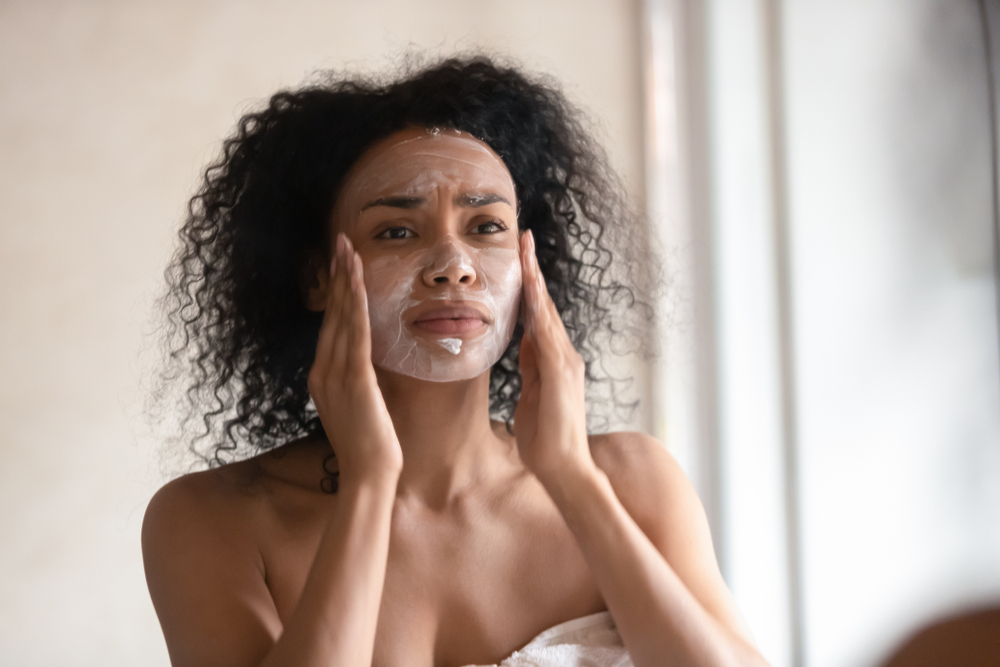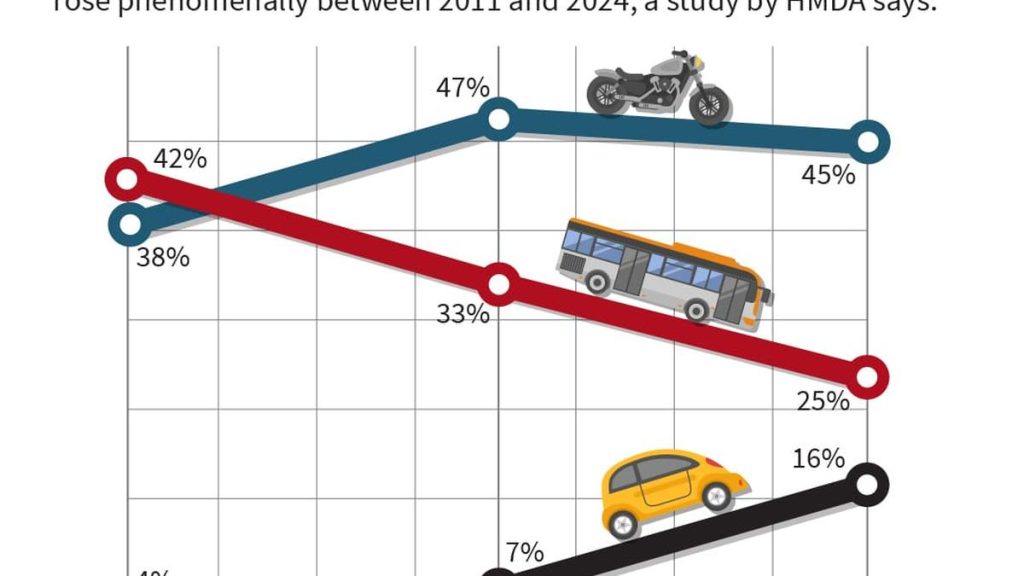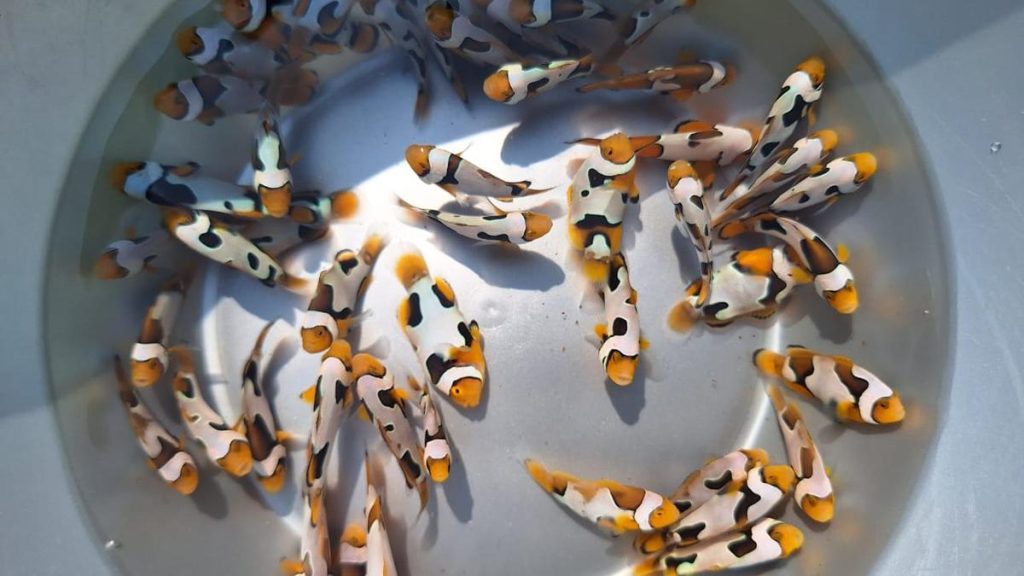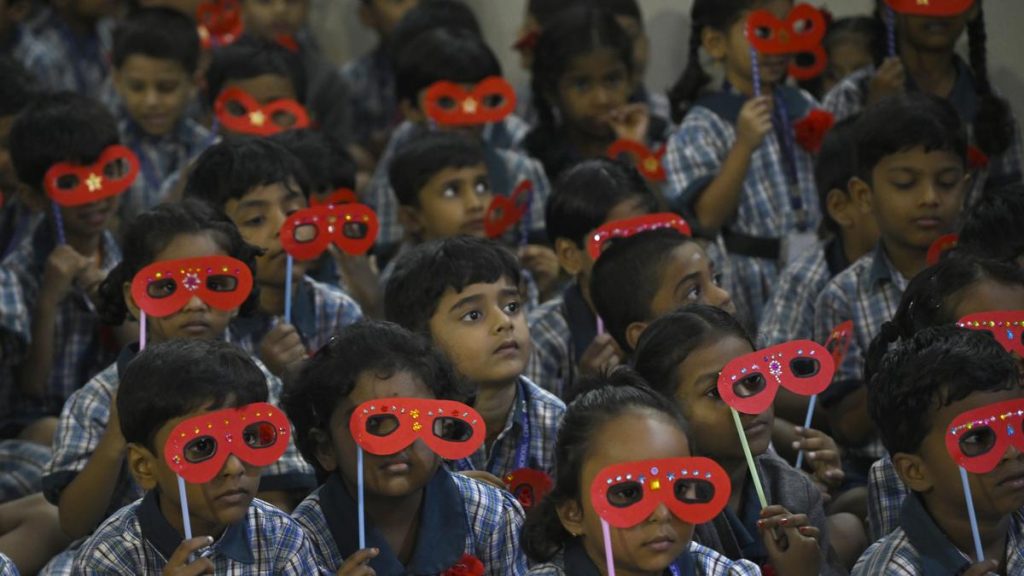Now Reading: Common Beauty Products Found to Contain Harmful Formaldehyde
-
01
Common Beauty Products Found to Contain Harmful Formaldehyde
Common Beauty Products Found to Contain Harmful Formaldehyde

Speedy Summary
- Formaldehyde in Personal Care Products: The Silent spring Institute study identifies formaldehyde and formaldehyde-releasing preservatives (FRPs) in beauty products like lotions, shampoos, and hair conditioners. FRPs are widely used to prevent bacterial growth but are linked to various cancers (breast, uterine, blood, nasal) and allergic contact dermatitis.
- Research Findings: Analysis of 546 personal care items reveals 13% contain FRPs. Hair relaxers disproportionately impact Black and latina women due to higher usage linked to societal beauty standards.
- Exposure Study: Researchers tracked product use among 70 Black and Latina women, revealing FRPs hidden under names like DMDM hydantoin or quaternium-15. Usage was frequent – more than half participants applied at least one such product daily.
- Health Disparities: Advocacy stresses that communities of color face greater exposure due to high product reliance. Hidden chemical labeling complicates consumer efforts to avoid toxic ingredients.
- Regulatory Action Needed: While some regions have restricted these chemicals, the U.S. lacks extensive regulation despite FDA recommendations for banning FRPs in hair straighteners.
Indian Opinion Analysis
This study sheds light on crucial gaps in consumer safety across diverse demographics globally. While not specific to India, parallels could be drawn with issues plaguing India’s cosmetic industry concerning ingredient transparency and awareness among consumers.
Given India’s thriving beauty market that is increasingly incorporating global brands – some of which might contain harmful elements like formaldehyde-releasing preservatives – this raises pertinent questions about regulatory vigilance by bodies such as the Bureau of Indian Standards (BIS). Proactive measures ensuring stricter labeling laws could bridge awareness gaps while mitigating health risks tied to socioeconomic disparities prevalent among rural or marginalized communities.
India’s unique diversity also offers a challenge as cultural practices may elevate exposure risks through traditional skin-care rituals involving unregulated products. As global discussions evolve toward safer cosmetics policies backed by research-driven advocacy campaigns seen elsewhere-India should contemplate adopting similar frameworks targeting better health equity long-term.



























